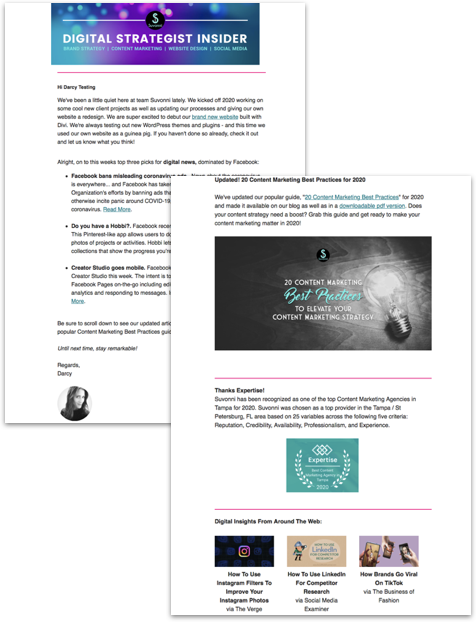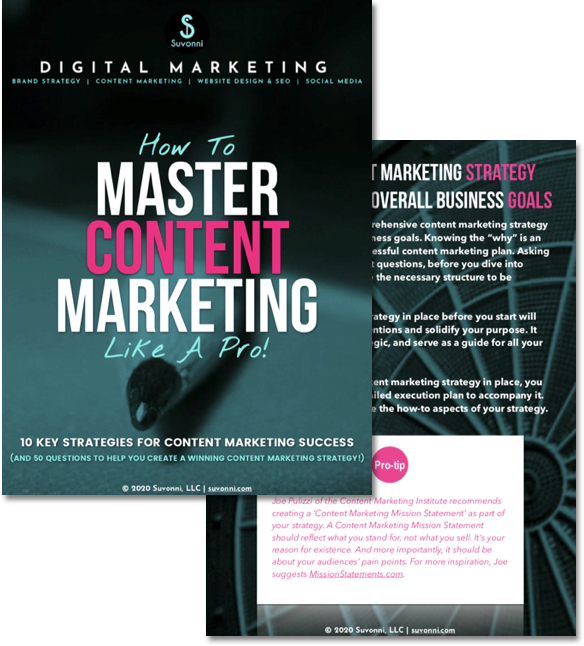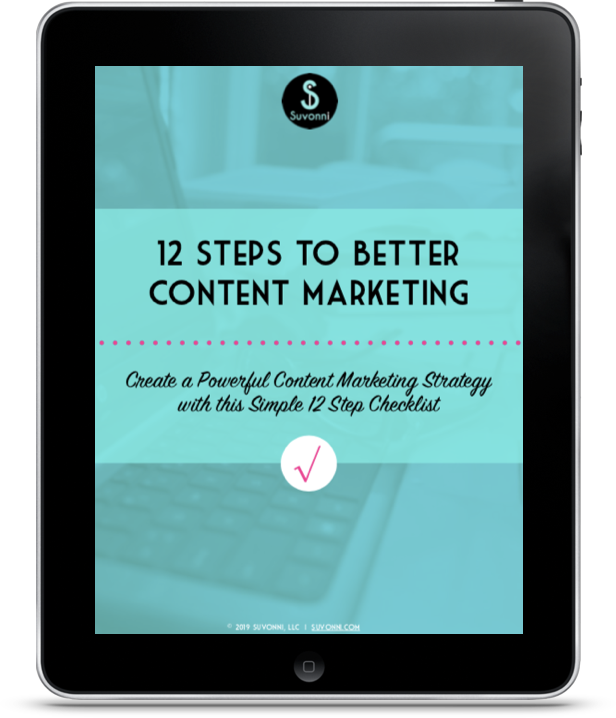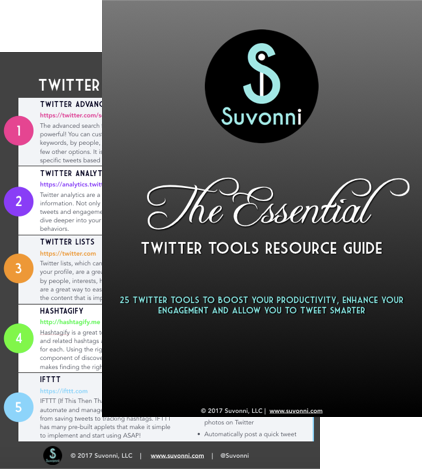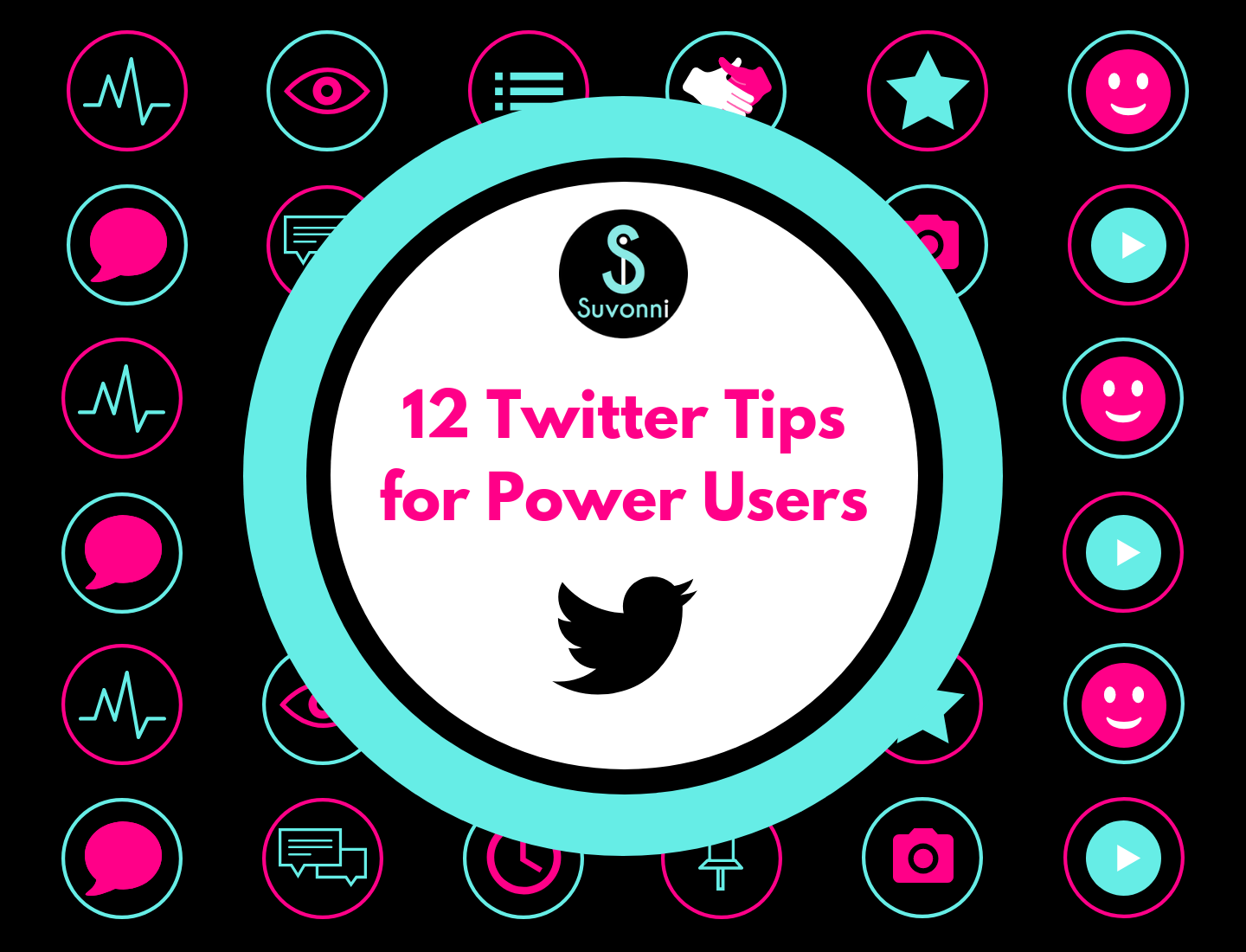20 Marketing Tips for Creating Buzz and Getting Noticed
Generating awareness for start-ups is essential and can be the critical factor that defines success or failure for a new business. The one thing I hear most often when consulting with startups is… “Our strategy is to go viral!” Sadly, I have to burst their bubble at that point. “Going Viral’ in all it’s grandest intentions IS NOT A STRATEGY. It’s a goal, an aspiration or a desired outcome, but it’s not a strategy. There are infinite opportunities and ways to generate buzz about your start-up or small business – and many don’t take a multi-million dollar budget to implement. What is critical though, is being committed, consistent and persistent in your marketing activities.
We’ve identified 20 smart marketing tips to generate awareness for your start-up here:
- Start with a Strategy. Incorporate a marketing plan and strategy as you build your business…and know what your goals are before you begin marketing. Too often, the marketing strategy only comes into play AFTER a product/service has been developed. One of the most important elements of this is your brand strategy… defining your value proposition, your positioning statement and your key supporting messages – and ensuring that everyone in your startup is “speaking the same language”. Knowing who your target audience is, how/where to reach them, and most importantly how you can uniquely provide value to them is critical.
- Tell Your Story. Be well versed in telling the story about your business, your product or your service in a compelling way. Too many startups talk about who they are in terms of features and specifications of the product or service they offer. It’s a laundry list of what their product or service is or does. The focus, rather, should be on why your product/service matters (and more importantly… why it matters to your target audience). Answering that will change the focus from features and specifications to benefits and value. When you build your story around the benefits your audience will gain from your offering, it becomes not only more compelling, but also highly relevant.
- Listen. Look. Learn…Then Do It Better. Listen and take note of what your competitors are doing – what is working for them? What isn’t? What do their customers complain about? What are their unmet needs? Look for ways to incorporate this into your product or service (or a new product or service) as well as your messaging. Don’t forget to look at your own efforts with an unbiased view. Could you be doing things more effectively? Do testing and make tweaks to your strategy to best meet the needs of the audience you are catering to.
- Leverage Social Media. Presence, in and of itself, is not a strategy. Utilizing social media to share your story along with other valuable content, to generate awareness, to build an audience and to engage with them is a strategy. While it’s widely understood that Social Media isn’t free – it is definitely a low cost way to reach a mass audience, engage with potential customers and learn more about your target segment. It takes time (and yes, time is money) and persistence – but the rewards can be significant in getting the word out about your business. Every business is different, and therefore, depending on the nature of the product or service you offer and the audience you serve, your social media strategy will also vary. Focus your social efforts where your market is (whether that be visually = Instagram/Pinterest or content-driven (Twitter, FB, G+). Work at building your following on social channels through targeted and creative content. Run promotions, contests and giveaways and think of other ways to incentivize and to get people talking about you. Encourage User-Generated Content (it relieves some of the pressure of content creation and gets people talking about you!).
- Timing & Trends Matter. Take advantage of timely and trending topics where applicable. Getting in on the conversation can open your opportunities for awareness. You may not have the next Oreo tweet, but with some creative ideas and proper use (not misuse) of hashtags, you can increase your overall exposure.
- Content Marketing is Crucial. Develop an achievable content marketing strategy – implement it and stick to it. The number one reason content marketing strategies fail is due to lack of execution! Be aggressive, but realistic in what you can do. Extend the life of your content across all channels and mediums to reach more people with less effort.
- Be an Authoritative Thought Leader. Earn the respect of those in your industry by providing thought leadership regularly. Speak at industry conferences, author articles and white papers, and participate in online/offline discussions.
- Embrace Video. Utilize video to help spread your story. Video is engaging… and more importantly, it is easily shareable. It’s brings your startup, your product or your service to life in a way that text and words alone can not. You don’t need a production studio or to hire a professional videographer (but it can help if you can afford it!). Quality is key, but so is being authentic.
- Owned Media Must-Haves. Take advantage of your owned media assets – a website and blog aren’t up for debate… they are critical for people who may be looking for you (and even those who may not be looking for you). Your website should tell your story to your target audience. It should be clean and modern and inviting. And most importantly, it must be setup with SEO in mind. A blog is a key aspect for any startup content strategy. It forces you to become a better writer – and it helps you know what works and what doesn’t to get traction (headlines, content, etc). Be sure to establish an email marketing strategy (newsletter, gated content, etc.) or other way to capture your customer and prospect email addresses. Over time, your email list will be one of the most valuable assets you have.
- Paid Media To Increase Reach. It’s well known that organic reach via social networks continues to decline. Social advertising is relatively inexpensive, simple to implement and effective in reaching your target audience (for most businesses). Be creative in your advertising (for example creating targeted ad on Facebook for a free sample of your product, and like-gating a form for getting the free sample gets you more bang for your buck – you get a like (with a higher likelihood that you will reach that individual with your content) and you capture information for your coveted email list. Paid advertising, if done right with a highly targeted approach and with some innovative marketing/advertising techniques, can help build an audience based on quality (not quantity) and drive the right type of customers to you.
- Create a Realistic Influencer Outreach Strategy. Identify key Influencers in the market and do your homework to understand how you can best reach them and get them to listen to your story. Remember that the top influencers in your industry or niche are probably getting hit up by your competition as well. You may need to develop a primary, secondary and tertiary influencer strategy. Start with the low-hanging fruit and work your way up to the very popular influencers once you have established yourself and can back your story with relevant stats.
- Build Media Relationships…Before You Need Them. Begin establishing relationships with key media outlets, writers, bloggers well in advance of when you actually need to utilize them! Follow them on social networks and engage with them when possible and relevant. Look for writers in your industry who are young and hungry and who aren’t aren’t bombarded with emails everyday. Craft your outreach carefully, concisely and with a bit of an edge. Think in terms of how you can benefit them and what you can bring to the table? Whether it’s making a connection, offering to answer a question or providing insight on a topic they are researching… put yourself in front of them and get your name on their radar. When you do need help from the Media – hopefully you already have some allies to reach out to.
- Establish Complementary Partnerships. Partner with complementary businesses (preferably businesses that are well established with high brand recognition). Collaborating with others gives you scale to tell your story, brings awareness to similar industry issues or news, as well as opens up opportunities for cross-promotion to new audiences.
- Crowdsource to Create New Audiences. Crowdsourcing is a great way to vet a new product idea, marketing campaign or other project. Not only will more people become aware of you, but you get amazing ideas and feedback. People feel more loyal when they are engaged. Crowdsourcing allows you to engage people who have an interest in your business and provides you the opportunity to turn them into brand loyalists.
- Experiential Marketing Sparks Conversation. Experiential marketing takes marketing to the next level of engagement. It creates a sensory connection with your audience, and hopefully leaves a lasting and positive impression with them. The key to successful experiential marketing is to be creative. Know what goals you want to achieve and determine how you will measure the success of your efforts.
- Win Over Brand Ambassadors Early. Work at developing trusting relationships with your current customers, and in exchange they will reward you with loyalty and recommendations. Word of Mouth Marketing is huge for small businesses… especially if your product/service is targeted to millennials (who by far trust personal recommendations over brand messages). Treat your customers right and make it known to them how much you appreciate their business. Leave a lasting impression with them that will make them want to tell your story for you.
- Be a Community Leader. Build a presence in your community – join a co-working facility, join your local chamber of commerce or become a member of a related professional organization. Attend events, network, offer to speak at an event or present on a topic, or sponsor an event. Enter local or national contests and apply for awards. Share your newsworthy stories with media outlets and newspapers. Make connections and tell your story… rinse and repeat.
- Public Relations Still Matter. Use self service press release distribution services to announce new products and services or work with a small PR firm to help you. Invite members of the press or news outlets to your events and partner with others in newsworthy activities (participate in a non-profit community activity or civic event), enter contests, apply for awards, etc. Even if you don’t win, you get press from being a nominee.
- Be the Case Study. Offer to be a Case Study for a college or university marketing challenge. Many schools want their students to work on real life challenges. Offer up your business and let a really smart and motivated team of young marketers help you define your marketing strategy or a specific campaign. Many business school challenges get great media buzz and you get free marketing help. Win-Win.
- Keep. Telling. Your. Story. It’s a common theme that runs through many of the marketing tips already mentioned… but never miss an opportunity to tell your story. You never know who may open new doors to getting you one step closer to success. Be prepared on every occasion and keep things fresh and new. Highlight big business wins, struggles you overcame, partnerships you established or customers you delighted.
While these marketing tips are somewhat broad, most apply to any type of startup or small business. They key, again, is being committed to sharing your story and being consistent and persistent in your efforts. What essential marketing tips do you employ in your awareness efforts? I’d love to hear your thoughts, please share in the comments below. If you liked this article, we encourage you to join our community to receive our email updates.

Darcy Schuller is the Chief Digital Marketing and Brand Strategist at Suvonni, an innovative boutique digital marketing agency based out of St Petersburg, FL. As a leader in the digital marketing space, Darcy is passionate about helping clients build stronger brands through elevated customer engagement, social media marketing, content marketing and dynamic web experiences. Darcy is a respected marketing thought leader, speaker and consultant.



